Filter by

Common Ground
By 2050, three-quarters of the world’s 9.6-billion-strong population will be living in cities – inhabiting vibrant historic cores, commuting from new hinterlands via high-speed transit, or occupying informal urban settlements. Some cities will flourish while others will struggle to meet the demands of a growing population and a changing environment. It will take the collaborative expertise …
- Edition
- -
- ISBN/ISSN
- 9789286143694
- Collation
- -
- Series Title
- -
- Call Number
- 650
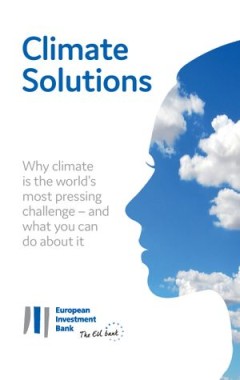
Climate Solutions
Climate change is the biggest threat humanity faces. So big, in fact, that it is sometimes hard to know what each of us, as individuals, can do to counter it. Climate Solutions details the challenges, lays out the solutions and shows you which ones you can make part of your life. Written by experts at the EU climate bank, each chapter helps you figure out what you can do in areas that range fro…
- Edition
- -
- ISBN/ISSN
- 9789286144837
- Collation
- -
- Series Title
- -
- Call Number
- 650

Burgas
Burgas regularly tops the list of best places to live in Bulgaria. Whether enjoying a walk through the resplendent Sea Garden, relaxing on the beautiful central city beach, or enjoying a drink and fresh grilled fish at one of the many outdoor bars and restaurants, it is easy to see why tourists like it so much. A key challenge for the city, however, is to extend this good feeling to the off-sea…
- Edition
- -
- ISBN/ISSN
- 9789286138829
- Collation
- -
- Series Title
- -
- Call Number
- 650

A bright future
There is good news and bad news in the renewable energy industry. We have made a lot of progress in green energy over the past few years as technologies have improved and the costs of production have fallen. But we are not doing enough. Fatih Birol, Director of the International Energy Agency, writes that despite progress, renewables still have a long way to go. We need much more action to make…
- Edition
- -
- ISBN/ISSN
- 9789286142901
- Collation
- -
- Series Title
- -
- Call Number
- 650
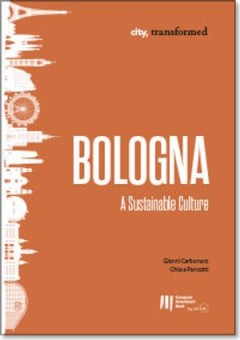
Bologna : a Sustainable Culture
Bologna’s unique political and cultural history helped it forge ahead of most Italian cities with strategic investments in services, health care and education. How well does its focus on sustainability in a range of areas set it up for continued success? This essay provides an overview of the development of the Bologna metropolitan region in recent decades, emphasising the role of urban polic…
- Edition
- -
- ISBN/ISSN
- 9789286139055
- Collation
- -
- Series Title
- -
- Call Number
- 650
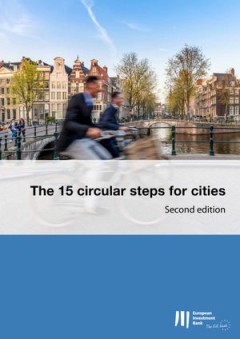
The 15 circular steps for cities – Second edition
The transition to a circular economy not only conserves resources, but also reduces environmental and climate impacts. It fosters innovation and thereby increases competitiveness and creates new jobs. Cities can be cradles and catalysts for a circular transition. This guide provides concrete guidance on how a linear city can start the circular journey.
- Edition
- -
- ISBN/ISSN
- -
- Collation
- -
- Series Title
- -
- Call Number
- 650
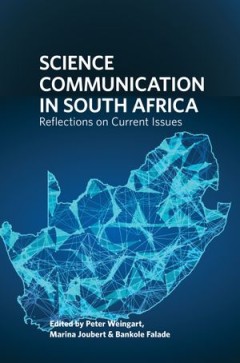
Science Communication in South Africa
Why do we need to communicate science? Is science, with its highly specialised language and its arcane methods, too distant to be understood by the public? Is it really possible for citizens to participate meaningfully in scientific research projects and debate? Should scientists be mandated to engage with the public to facilitate better understanding of science? How can they best communicate t…
- Edition
- -
- ISBN/ISSN
- 9781928502043
- Collation
- -
- Series Title
- -
- Call Number
- -
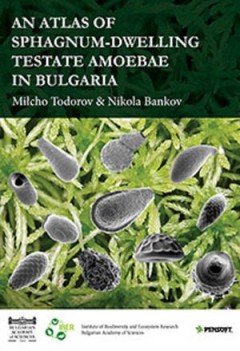
An Atlas of Sphagnum-Dwelling Testate Amoebae in Bulgaria
An Atlas of Sphagnum-Dwelling Testate Amoebae in Bulgaria
- Edition
- -
- ISBN/ISSN
- 9789546429735
- Collation
- -
- Series Title
- -
- Call Number
- -
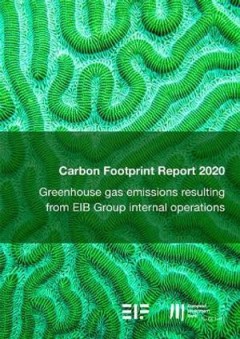
EIB Group Carbon Footprint Report 2020
This report provides a comprehensive breakdown of EIB Group greenhouse gas emissions arising from internal operations at head office locations in 2020. It also analyses comparatively against performance in previous years dating back to the 2007 baseline. As a result of the teleworking arrangements during the COVID-19 pandemic, the EIB Group’s net emissions in 2020 were more than 70% below 201…
- Edition
- -
- ISBN/ISSN
- 9789286149290
- Collation
- -
- Series Title
- -
- Call Number
- -
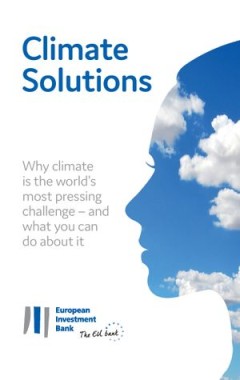
Climate Solutions
Climate change is the biggest threat humanity faces. So big, in fact, that it is sometimes hard to know what each of us, as individuals, can do to counter it. Climate Solutions details the challenges, lays out the solutions and shows you which ones you can make part of your life. Written by experts at the EU climate bank, each chapter helps you figure out what you can do in areas that range fro…
- Edition
- -
- ISBN/ISSN
- 9789286144837
- Collation
- -
- Series Title
- -
- Call Number
- -
 Computer Science, Information & General Works
Computer Science, Information & General Works  Philosophy & Psychology
Philosophy & Psychology  Religion
Religion  Social Sciences
Social Sciences  Language
Language  Pure Science
Pure Science  Applied Sciences
Applied Sciences  Art & Recreation
Art & Recreation  Literature
Literature  History & Geography
History & Geography